How to Prevent Shin Splints
- Sydney Eaton
- Jul 9, 2019
- 4 min read
Updated: Jul 9, 2019
Have you ever heard that when it comes to beginning a running program (or other high impact activities) 'it’s only a matter of time before you get injured?’ It’s just a joke, but sadly it’s true in many cases!
There’s nothing to dissuade you from your new exercise regimen like an injury that keeps you from doing it! And one of the most common injuries to new runners is shin splints.
What are shin splints?
The term ‘shin splints’ describes a pain that is concentrated in the lower leg along the ‘shin bone’, commonly referred to as the tibia (either medial, lateral or both). Shin splints are an overuse injury from overuse of the bone, surrounding musculature, and connective tissues.
Shin splints can quickly become painful and may cause you to cease participation in your exercise program while you allow your legs to rest, heal, and strengthen. It’s important proper measures are taken to allow healing and to prevent shin splints in your future exercise regimen.
What are the symptoms of shin splints?
If experiencing shin splints you may feel a dull pain in your front lower leg and a tenderness to the touch along the edge of the tibia. You will likely feel sharp pain during exercise with a pain that dulls and throbs when exercise is over. The pain will most likely be worse in the morning since your muscles and softer tissues that are most commonly affected usually take a while to warm up and stretch out. If you do have shin splints, just flexing your ankle and toes up towards your knee should cause pain.
A common injury that is often confused with shin splints, is a stress fracture. A stress fracture is when micro-fractures occur in the actual bone, which accumulates over time as the result of continued stress to the area. Usually, a stress fracture will have pain that can be pinpointed to a smaller, localized area, and the pain will also feel better in the morning from the rest on the bone, getting worse as the day continues. If not properly managed, stress fractures can result in a complete fracture of the bone. Talk to your doctor if you think you may have a stress fracture, and make sure you are taking the proper measures to rest and rehabilitate that injury!
What can cause shin splints?
There are a variety of reasons you may be experiencing shin splints….for example:
Overuse
If you’re new to running, or other physical activity that is higher impact/ repetitive pounding, it’s not uncommon to develop shin splints.
Overpronation
Overpronators are notorious for developing shin splints. This can be fixed with proper shoes/orthotic inserts.
Muscle Weakness
Weak hip and calf muscles can often lead to shin splints.
Muscle Tightness
Tight calves are one of the contributors to shin splints, make sure you’re stretching those calf muscles.
Running on hard surfaces
No more cement, go for grass or a track!
Running downhill
This also applies to hiking! One day I decided to summit Mt. Baldy after doing absolutely no hiking for a few years, and all that pounding on the way down gave me a terrible case of shin splints.
Using worn out shoes
Shoes that are worn out won’t give you the support your foot needs. Protect your feet.
Participating in start-stop sports
Like soccer and basketball. Slowing down usually isn’t as gradual as would be ideal, and these quick stops usually involve a lot of pounding.
How can you prevent shin splints?
Shin Splints can’t always be prevented, but they can be mitigated. Taking extra care to prepare yourself for new volumes or types of activity is always a good idea. Check out the suggestions below.
Strengthen!
Strengthening muscles can help prepare your lower legs for larger volumes of activity that your body may not be used to. Of course, this is not a one and done type of fix, this should be an ongoing addition to your training program.
Follow the exercises I’ve included below to help strengthen up those problem areas.
Stretch!
Follow the stretches I’ve included below to help stretch out those calves. Another great way to perform these stretches is off a curb or small box where you can hang your heel off the side, and allow gravity to carry your heels down.
Ease into your training
Start slow! There is no reason to push yourself to crazy limits. If you’re just starting or adding something new to your routine, slowly build up to the full activity. Starting slow will help prepare your legs for the larger loads of activity ahead. A general rule of thumb is to build by a maximum of 10% in volume of activity per week.
Wear the right shoes/ replace them when necessary
Are you in the right shoes for your foot type? If you don’t know check out my two blogs on shoes (Running Shoes for Dummies, and Are You Wearing the Right Running Shoes for You?), they go through when it’s time to replace a shoe, shoe types, good places to buy shoes in the area, how to find out what type of foot you have, all that! Some people may think the whole shoe thing is a scam, but I can tell you I personally have gotten orthotics, and along with a rehab program, they really have made the difference.
How can you treat shin splints?
I am no physical therapist or athletic trainer, so don’t just take my word for it. If you have a problem, get it checked out by a professional. But, here are some things that you can do on your own to help ease the pain, and help heal up those shin splints.
Rest
I would argue the single most important thing you can do for your shin splints. If you do not take time to rest, your shin splints will just continue to get worse with more use. Let them really heal up before you get back out there. And rest doesn’t mean do nothing- you can always strengthen, stretch, and do lower impact activities as you wait.
Ice
Icing can help decrease swelling and relieve pain. Hold ice to the area, or draw an ice bath for around 12-15 minutes.
Low impact activity
Weights, bodyweight exercises (that don’t involve jumping), cycling, swimming, yoga- are just a few ways that you can workout while reducing impact. Slowly reintroduce running/other pounding activities on softer surfaces like grass/track in comparison to asphalt.

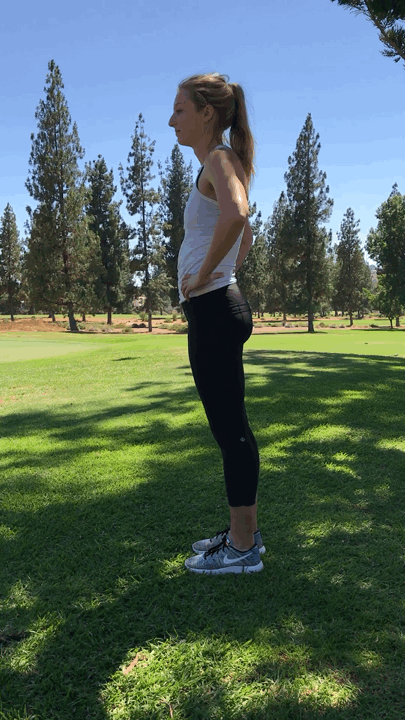
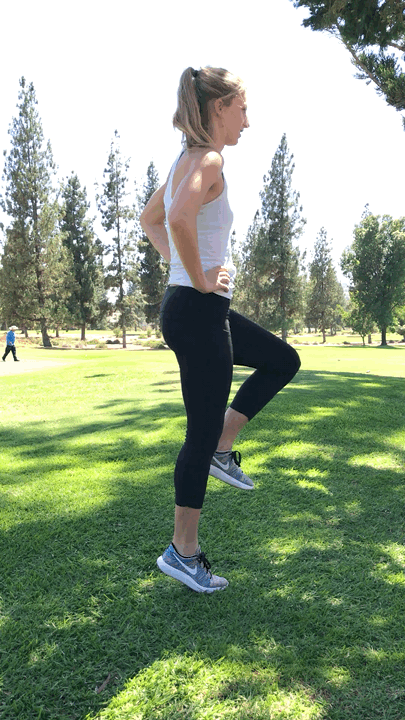
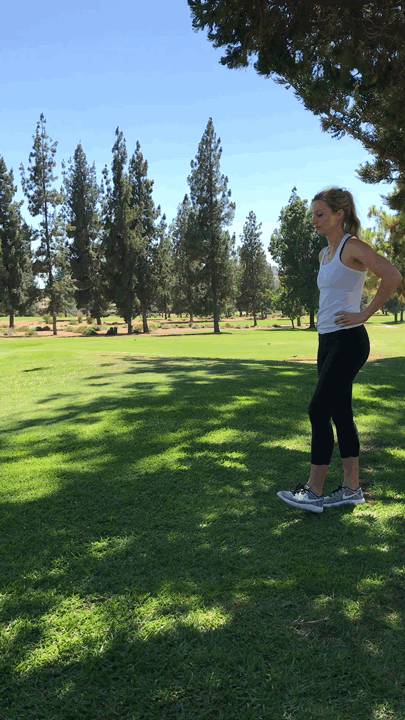
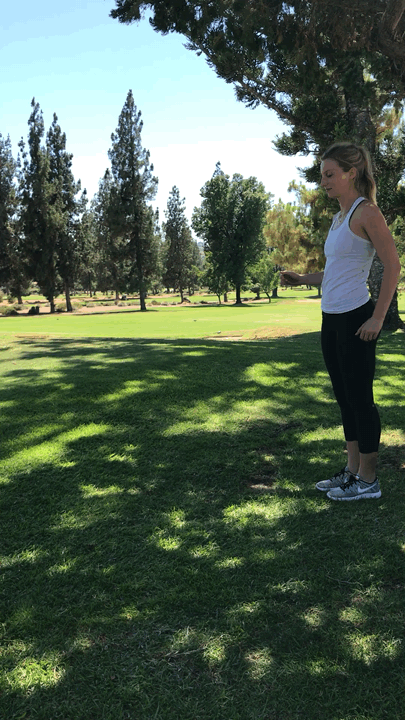

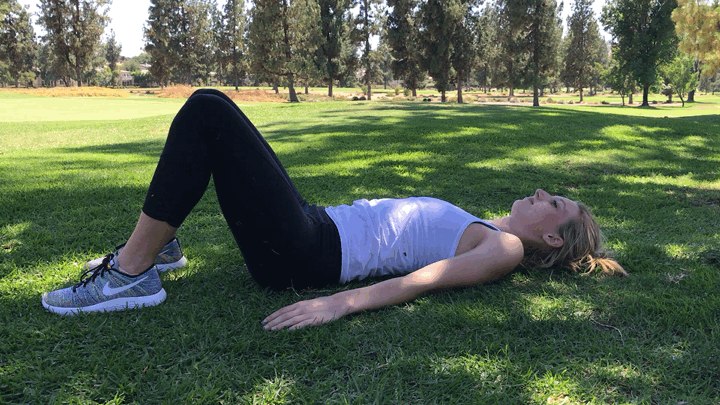
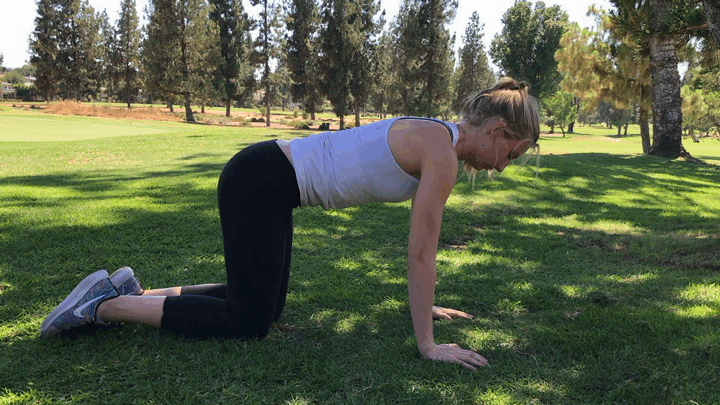

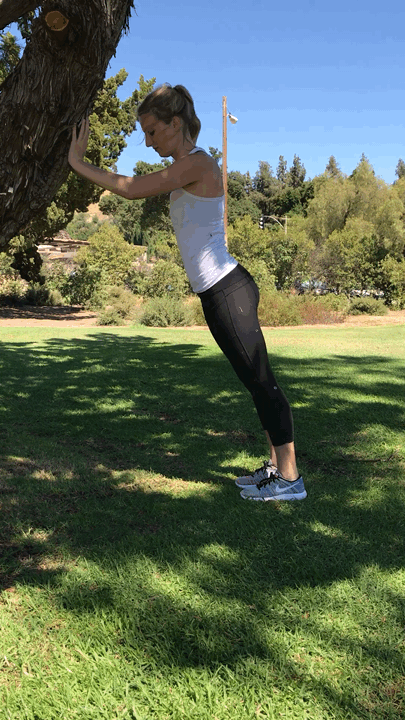
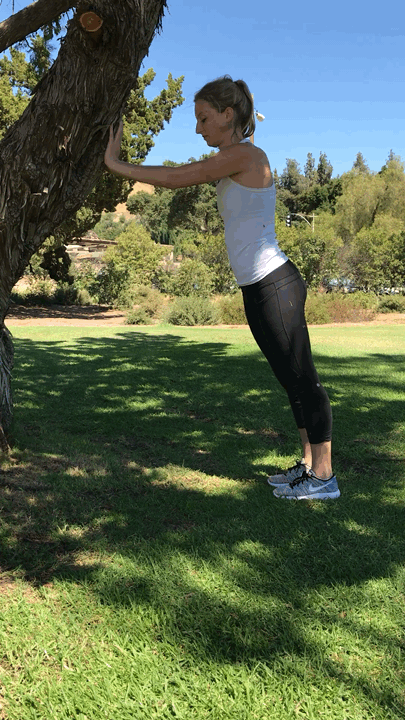
Comments